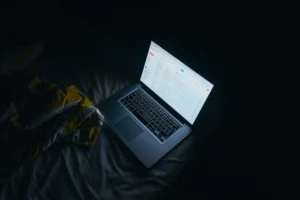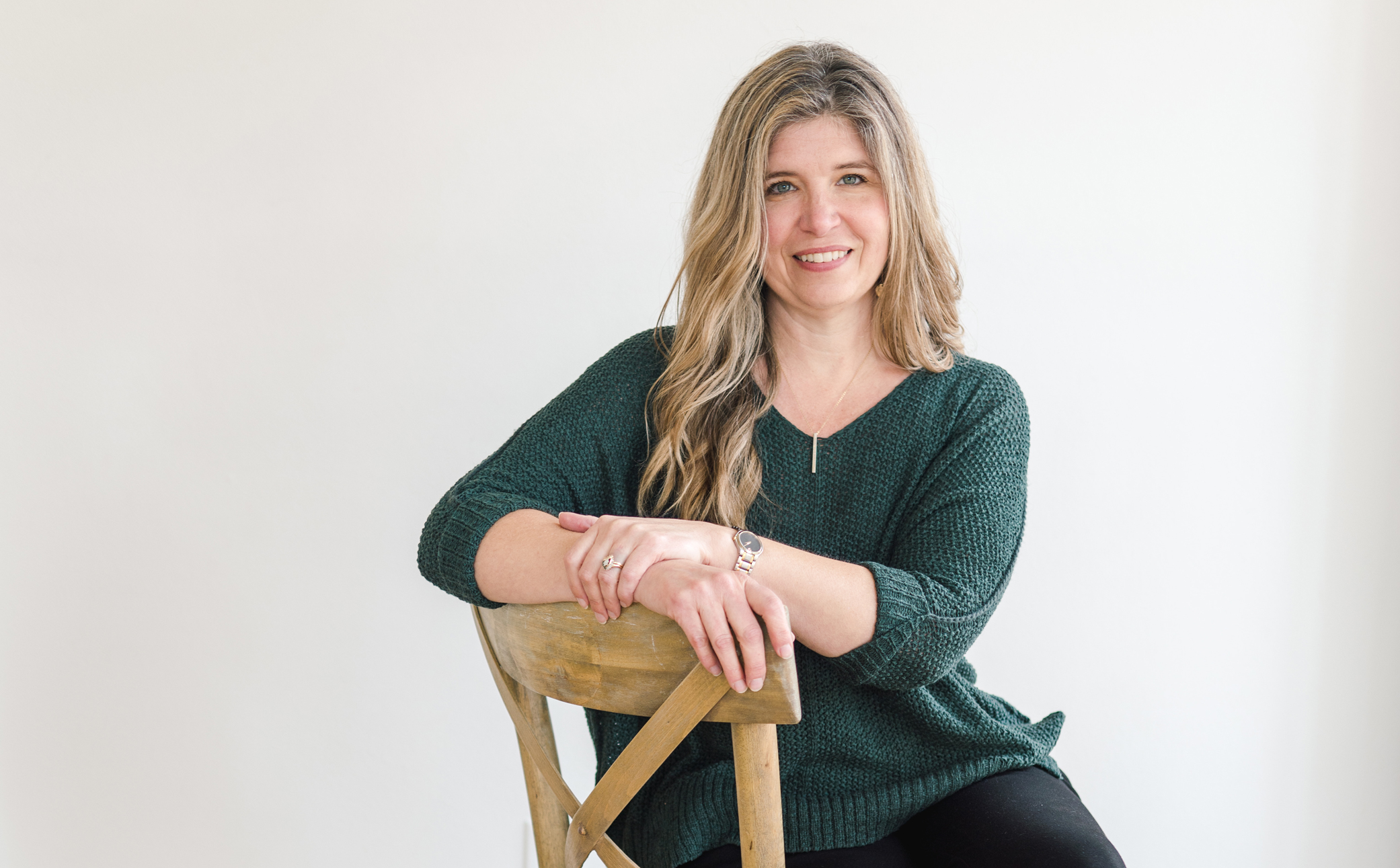This is a topic near and dear to my heart. I lived with it for years and there is help!
Seasonal Affective Disorder (SAD) is a form of depression that is seasonal and affected by seasonality, specifically light exposure. For those of us living in the northern hemisphere, onset is typically in the fall as the days get shorter and symptoms often resolve in late spring or early summer when the days get longer.
Typical symptoms of SAD:
- Increased sleep
- Irritability
- Increased craving for carbohydrates, sweets, starchy foods
- Weight gain
- Drop in energy
- Decreased physical activity
- Heavy feeling in arms and legs
- Decreased social activities
I like to call this the Winter Blues. I suffered from SAD growing up in Wisconsin, but I didn’t realize how much it affected my life until I moved to Arizona in 2009 and was able to get sun the entire winter. What a world of difference. Again in 2021/2022 winter I lived in South Carolina and again, had an amazing winter season. I’ve researched causes, tested various lab levels and tried everything under the sun. I love the Pacific Northwest and have many daily tips to help with the winter blues.
I’m going to share with you some lifestyle tips to help you avoid the Winter Blues.
Exercise.
This is non-negotiable. Specifically, cardio exercise increases endorphins to your brain, feel good hormones. It helps thyroid and sex hormone function. You must do this daily! If you can’t get out and take a brisk walk, purchase a piece of exercise equipment for your home. Or get a gym membership.
Get outdoors and get sunlight to your eyes for at least 15 minutes daily. You can go out snowshoeing or skiing and get both exercise and sunlight. I walk my dogs twice daily to get exercise and natural light at the same time!
Phototherapy.
I used to use the SunBox (http://www.sunbox.com/) light therapy, Sunlight Jr daily for 20-30 minutes in the morning. This brand was used by the NIH in studies and proven to work! However, this winter in 2023, I’m using the Sperti Vitamin D lamp this winter so I can actually make Vitamin D with the UVB light exposure.
Use a dawn simulator alarm clock
Philips Wake-Up Light (www.amazon.com) so if I set my alarm for 6am, at 5:30 my alarm clock gently and slowly starts to illuminate my room, simulating the natural dawn effect. My body naturally awakens with light and goes to sleep with dark.
Vitamin D level
Keep your vitamin D level 50-80. There have been studies showing low vitamin d levels correlated to SAD. However, this intervention alone was not enough to help my mood. Everyone’s dose of Vitamin D will vary. Many people have a VDR gene variant and so we require higher doses of Vitamin D. This is individualized so request your health care provider to order a Vit D level. Most people are safe with 2,000IU-5,000IU of Vitamin D3 daily. You can get a reputable brand here on Fullscript. In the Northern Hemisphere (above the latitude line of Atlanta, GA) we cannot get Vitamin D from the sun because of lack of UVB from sun. So this is a necessary winter supplement for mood and immune function for those of us living north.
Probiotics & Heal your Gut!
It’s true. There’s a gut-brain connection. Low levels of beneficial bacteria and presence of non-beneficial bacteria are linked to mood disorders. Lactobicillus helveticus and bifidobacterum longum have been shown to decrease anxiety and depression. Lactobacilli ward off stress and reduce anxiety.
Strong evidence of these probiotic strains to help mood:
- Bifidobacterium bifidum W23,
- Bifidobacterium lactis W52,
- Lactobacillus acidophilus W37,
- Lactobacillus brevis W63,
- Lactobacillus casei W56,
- Lactobacillus salivarius W24,
- Lactococcus lactis (W19 and W58)
(Source: Brain Behav Immun. 2015 Aug;48:258-64. doi: 10.1016/j.bbi.2015.04.003. Epub 2015 Apr 7). One of my favorite probiotics I’ve seen significantly improve mood is ZenBiome Dual by Microbiome Labs.
Yoga & Mediation
Yoga and meditation both have been proven to help with a overall improved sense of well-being. Sometimes a general yoga class will do the trick. If not, book a private yoga training session and request poses specific for depression.
Take a Sunny Vacation
Because of my SAD, I try to travel south during the winter months. A mid winter vacation in December or January to Hawaii or Mexico will carry me through the winter. You deserve it, so budget and plan that winter get away.
UVB light therapy. Use the tanning bed
I do not fear the sun and the natural benefits of what UV B light provides to the human body. I recommend limited time and never allow my skin to burn. Protecting your eyes is a must. I’ve witnessed first hand the tremendous mood boost from a 10 min tanning bed session personally and in many patients. UVB rays are what help the body make vitamin d with exposure. You can also order a UVB lamp from Sperti, but they are more of a financial investment. If you use the tanning bed, you want to request the old-fashioned low-pressure beds that give UVB and avoid burning.
I have found winters to be much more tolerable by getting southern get-aways during the winter, getting outdoors daily, keeping my vitamin D level up, exercising, practicing daily yoga and meditating.
Here’s to a healthy & happy winter!
XX
Jennifer





